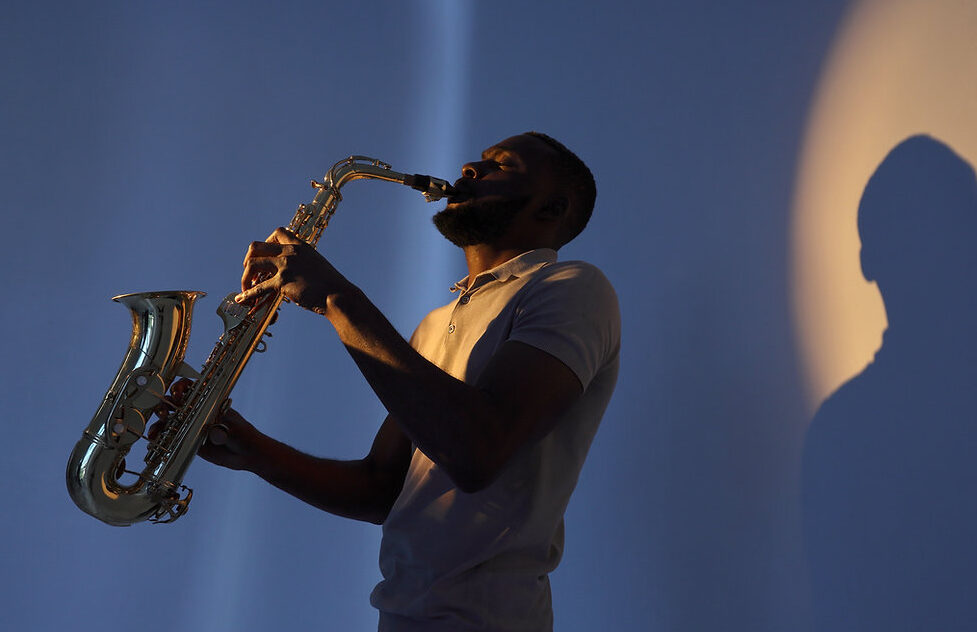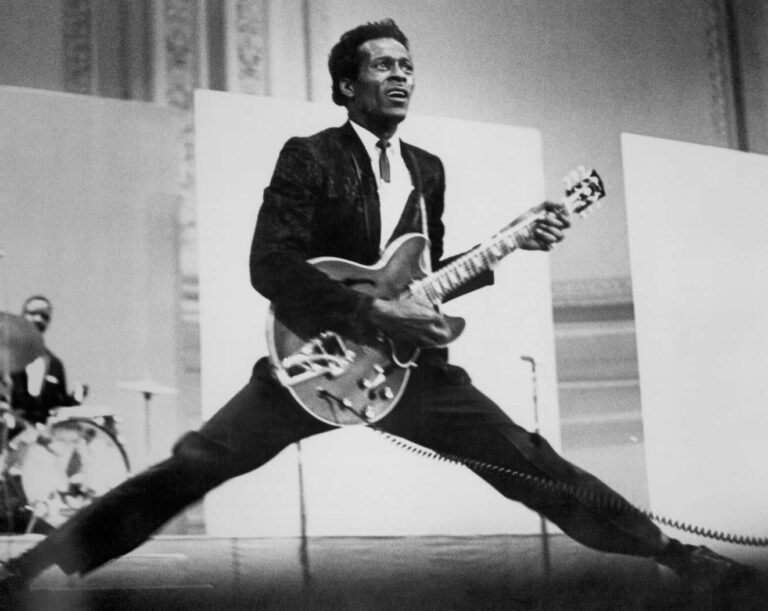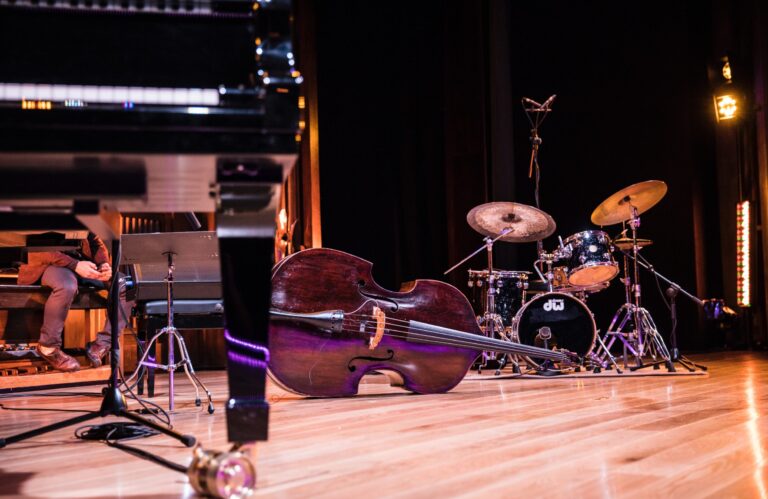Which is a characteristic of jazz?
Jazz is a genre of music that has influenced and inspired musicians for decades. It’s hard to define exactly what makes jazz unique, but its distinctive sound has captured the hearts of millions around the world. From swing to bebop to fusion, there are many different styles of jazz that have evolved over time. In this blog post, we’ll dive into the history behind jazz and explore some of the key characteristics that make it such an exciting art form. Whether you’re a die-hard fan or new to the scene, get ready to discover what makes jazz so special!
The different styles of Jazz
Jazz has evolved over time, and with it, many different styles have emerged. One of the earliest forms of jazz is ragtime, which originated in African-American communities in the late 19th century. Ragtime is characterized by its syncopated rhythms and upbeat melodies.
Another popular style of jazz is swing, which became popular in the 1930s and 1940s. Swing was known for its big band sound featuring trumpets, saxophones, trombones, and rhythm sections that included drums and bass. Some famous swing musicians include Duke Ellington and Benny Goodman.
Bebop emerged during World War II as a reaction to the commercialization of swing music. Bebop musicians like Charlie Parker and Dizzy Gillespie were known for their fast tempos, intricate chord progressions, and virtuosic solos.
In the 1960s and beyond, fusion jazz blended elements of rock music with traditional jazz sounds. Artists like Miles Davis experimented with electric instruments while still incorporating improvisation into their music.
These are just a few examples of the many different styles that fall under the umbrella term “jazz.” Each style brings something unique to the table while still staying true to jazz’s improvisational roots.
The history of Jazz
Jazz is a music genre that originated in the late 19th and early 20th centuries in African American communities. Its roots can be traced back to New Orleans, where African American musicians began to mix elements of blues, ragtime, and European classical music.
In the early days of jazz, it was mostly played by small bands or solo performers in nightclubs and dance halls. Jazz quickly gained popularity among young people who were looking for something new and exciting.
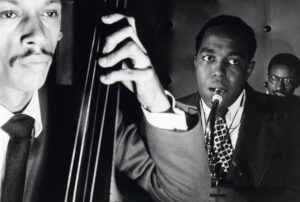
As jazz spread throughout the United States, different styles emerged. Big band swing became popular in the 1930s and 1940s with artists like Duke Ellington, Benny Goodman, and Glenn Miller leading the way. Bebop emerged in the 1940s with artists such as Charlie Parker and Dizzy Gillespie pushing boundaries with complex harmonies and faster tempos.
The Civil Rights Movement of the 1950s and ’60s had a significant impact on jazz as well. Artists like John Coltrane used their music to express political messages while also pushing musical boundaries with free jazz.
Today, jazz continues to evolve as new artists bring their own unique interpretations to this rich musical tradition. The history of jazz is one filled with innovation, creativity, passion – all qualities that continue to inspire musicians around the world today.
The people who created Jazz
Jazz is a unique genre of music that emerged in the early 20th century. It was created by African American musicians who were based in New Orleans, Louisiana. These musicians combined elements of blues, ragtime, and other musical styles to create something completely new.
One of the most important figures in the creation of Jazz was Buddy Bolden. He was a cornet player who is often credited with being one of the first musicians to play what would become Jazz music. Unfortunately, none of his recordings have survived.
Another key figure in the development of Jazz was Jelly Roll Morton. He was a pianist and composer who helped bring jazz into the mainstream during the 1920s.
Louis Armstrong is perhaps one of the most well-known figures associated with Jazz music today. His contributions to jazz as both a trumpet player and vocalist cannot be overstated.
Other notable pioneers include Duke Ellington, Charlie Parker, Dizzy Gillespie and Miles Davis among others whose contribution turned this genre from its early roots into what we know it today as modern jazz.
These artists paved the way for future generations to continue developing and expanding on this incredible art form that continues captivating audiences worldwide until now .
Which is a characteristic of Jazz?
Jazz is a genre that has evolved over time, and it’s hard to pinpoint a single defining characteristic. It encompasses various styles such as swing, bebop, fusion, and more. However, there are some common threads that run through all these styles.
One essential feature of jazz is improvisation. This means that musicians create their melodies on the spot rather than playing pre-written notes. Improvisation allows for endless creativity and spontaneity in jazz performances.
Another critical aspect of jazz is its rhythmic complexity. Jazz music often features intricate rhythms with syncopated beats or polyrhythms that can challenge the listener’s ear but ultimately make the music more engaging.
Harmony also plays an important role in jazz. Jazz chords often incorporate dissonance or tension to create interesting harmonies that deviate from traditional Western tonality structures.
One cannot talk about characteristics of Jazz without mentioning its ability to evoke emotion in listeners through soulful melodies and expressive solos.
While there may be many unique traits associated with Jazz music; it’s the combination of improvisation, rhythmical complexity, harmonic experimentation along with emotional expression makes this genre so captivating to listen to even today!
How to get into Jazz
So, if you’re interested in getting into Jazz, there are a few things that you can do to start. First and foremost, listen! Listen to as much jazz music as possible. There are plenty of online streaming services that make it easy to access thousands of recordings from different eras and styles.
Secondly, attend live performances when possible. Live performance is an essential element in the Jazz experience. It’s where musicians get a chance to improvise and push their creative boundaries.
Thirdly, read about the history of Jazz and its influential figures like Louis Armstrong, Duke Ellington, Miles Davis among others.
Learn about the fundamentals of Jazz theory such as chord progressions and scales used by most Jazz performers.
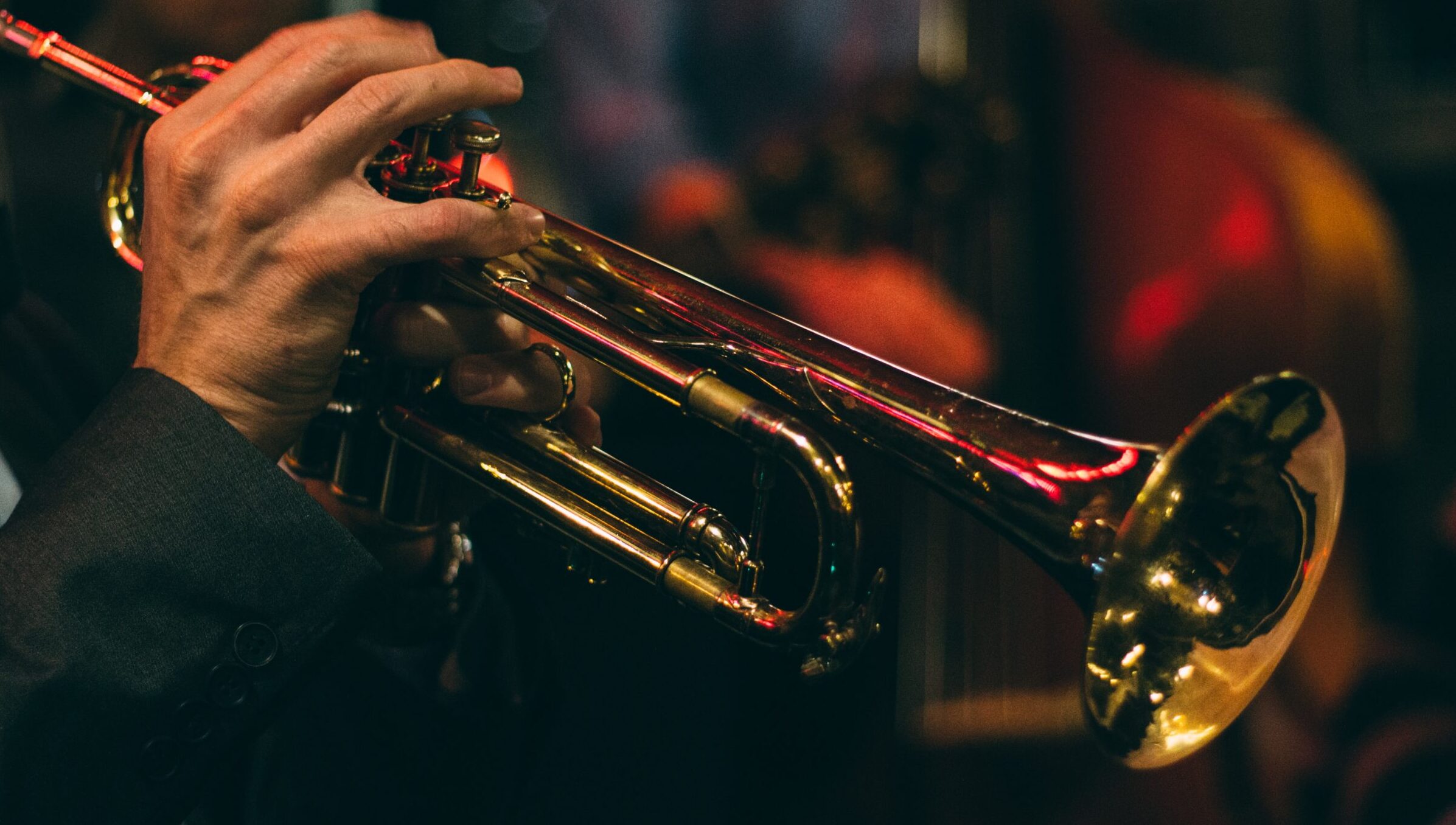
In conclusion (sorry!), there are many characteristics associated with jazz: improvisation; swing feel; blue notes; complex harmonies; call-and-response interplay between musicians or sections within the ensemble amongst others. However, what makes jazz so special is its ability for self-expression through various means which include individual interpretation of melody lines or harmony structures leading to endless possibilities in music creation and beautiful sounds that will last for generations yet unborn!
